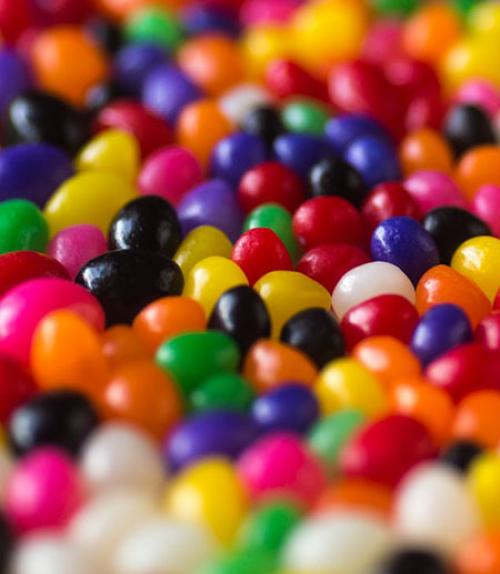This is an episode from the “What Makes Us Human?” podcast's fifth season, "What Do We Know about Inequality?" from Cornell University’s College of Arts & Sciences, showcasing the newest thinking from across the disciplines about inequality. Featuring audio essays written and recorded by Cornell faculty, the series releases a new episode each Thursday through the fall semester.
Every day, we rank all kinds of things. When I was a little girl, I used to empty a bag of Skittles on my bed and sort the pieces by color. Then I would rank them by order of “deliciousness.” I wanted the last taste in my mouth to be one of satisfaction, not disappointment. This kind of ordering might sound harmless enough, but we know it can be troubling when it starts to shape the workplace.
When I was a kid, the red color Skittles were high on my “deliciousness” scale, and the yellow ones were low on this scale. My enjoyment of the candy was influenced by these differences in rank. In the workplace, we do similar kinds of ranking, except here the judgements and evaluations we are making are about people, not candy, and are based upon how we think people will perform.
My research investigates power and status in the workplace. I have found that our rankings of workers don’t correlate closely with their actual performance. In making judgments, people rely on two types of cues. The first is based on task-related information, like how good someone is at their job, what position they hold and what their level of education is. The second type of cue is based on information not related to the task at hand, such as someone’s age, gender or race.
When people are assigned to work in groups, they form expectations about the performance of others based on these two types of cues. Hierarchies based on these cues form within minutes, and these have important consequences: they help to determine who participates, who receives opportunities to prove themselves, and who has access to resources and rewards.
Some research suggests that hierarchies have positive effects, since differentiating people within a team provides a way to enhance job performance. If we know who the experts are on a team,and utilize their skills correctly, then the team will perform well. The problem with this approach is that most status judgments are shaped by race, gender, and other non-task related cues. For example, a recent study found that women were less likely to be evaluated by team members as experts, even when they were the actual experts on that team. As a result, the team performed poorly on its assigned task. Research has also found that even when women display power, such as talking more than others in group meetings or other public settings, they are most likely to experience a “backlash effect.” Backlash refers to social and economic penalties, such as negative evaluations, which view the woman as less competent and less suitable for a leadership role.
I’ve seen this at work in my own classes. Last year, for example, one of my student groups had five men and one woman. The five men rotated through leadership roles in the team, while the woman remained the note-keeper and organizer throughout the semester. None of the group noticed the unequal system they had established.
To begin solving the problem of inequality, we need to think more critically about the roles that we assign to individuals. We need to really get to know each person’s strengths and areas for improvement. Having this information will allow us to assign people to roles that complement other team members’ actual strengths, rather than their perceived strengths. Treating people as individuals instead of cogs in a wheel will also lead team members to feel an investment in making fair judgments.
Being more conscious about why we are making judgments about people and the effects that ranking may have on ourselves and others, we can play an integral role in mitigating some of the negative impacts of inequality. Come to think of it, maybe those yellow Skittles were as delicious in their way as I assumed the red ones were. I never really gave them a chance to linger as the final, satisfying taste in my mouth. I’m going to try them again.
Photo by Patrick Fore on Unsplash




